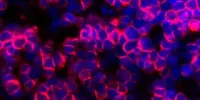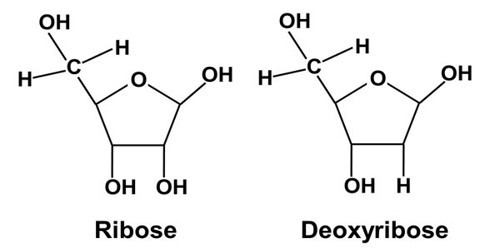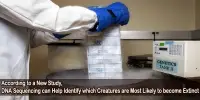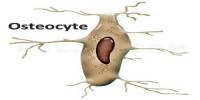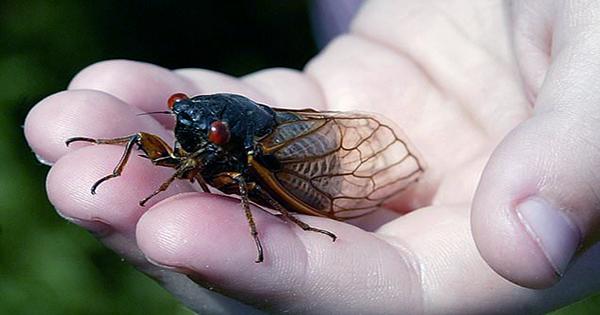Ion channels are essential for a variety of biological functions, such as cell division, muscular contraction, and neural communication.
Ion channels with many subunits typically have one of two functional states—either closed or open. All subunits ought to experience conformational changes during gating. It begs an explanation why intermediate conduction levels aren’t present.
A team of researchers from the University of Vienna and the Washington University in St. Louis created a smart model system to answer this important question. The study is published in Nature Communications.
Ion channels are membrane proteins that regulate the electrical activity of cells. The scientific team examined the potassium channel Kir2 that rectifies inward in this study. For many cells to maintain a negative membrane potential, this channel is essential.
Promising therapeutic targets for the treatment of cardiovascular disorders include these channels. A thorough understanding of the gating mechanism is crucial to promoting medication development.
By designing a smart model system, we have answered a long-standing question about ion channel gating.
Colin Nichols
Intelligent model system & innovative methods
“We designed a model system that allowed us to visualize the gating of individual subunits and track conductance changes,” explains Grigory Maksaev from the Washington University in St. Louis.
As a model system, the inwardly rectifying potassium channel Kir2 was used. This channel is crucial for maintaining a negative membrane potential in many cells.
“We introduced an acidic residue near the channel gate. This led to novel states, so-called sub-conductance states,” explains Eva Plessl from the Department of Pharmaceutical Sciences, University of Vienna.
These sub-states’ durations were lengthy enough to allow for experimental resolution. Every detected substate corresponds to a unique subunit configuration. Interestingly, the sub-state occupancy is titratable by pH.
“This suggests that protonation or deprotonation of individual acidic residues causes this phenomenon,” said Sun-Joo Lee from the Washington University in St. Louis.
“Molecular dynamics simulations with different protonation states of the acidic residue support this finding,” explains Anna Weinzinger from the Department of Pharmaceutical Sciences, University of Vienna.
The research shows that every subunit gating transition results in a change in conductance level. This implies that all subunits must move together to create a fully open channel.
“By designing a smart model system, we have answered a long-standing question about ion channel gating,” said Colin Nichols from the Washington University in St. Louis.

